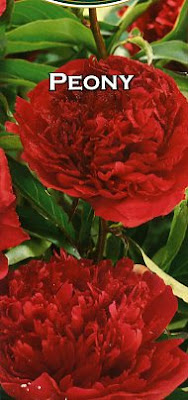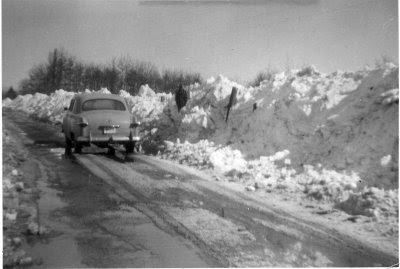I've been extra-sensitive to the poor quality of science reporting on the TV news since I started preparing lectures for a statistics course. That's why I pricked up my ears when I heard a news reader announce that "vitamins can kill you." The same message turned up on many news programs I heard in the next few days. Taking vitamins, they said, won't help you live longer--in fact they can increase your "risk of death."
Now, I had always thought that everyone's risk of death was exactly 100% (excluding the possibility of the Rapture, surely a singular exception), so I was curious about an increase in it. Here's the abstract of the Journal of the American Medical Association article: Mortality in Randomized Trials of Antioxidant Supplements for Primary and Secondary Prevention: Systematic Review and Meta-analysis. (I'm quoting it below in case it goes behind a firewall someday.) It's a literature review with a statistical analysis of statistical analyses (meta-analysis). Apparently, many studies on antioxidants such as vitamins A and E, and beta-carotene show no positive effects on longevity, instead showing "increased mortality" during the trials.
The full text of the article is available only by paid subscription, so I didn't bother to follow up. The fact that the results are based on 68 trials with different methodologies, on five different compounds, on a variety of populations, tells me that the small increase for in-trial mortality may be an artifact. The real take-home message is that antioxidants aren't showing the promise that has been claimed for them.
So, antioxidants don't raise your chance of dying above 100%. They were associated with slightly increased in-trial mortality by 4%. I guess I should feel relieved.
Mortality in Randomized Trials of Antioxidant Supplements for Primary and Secondary Prevention: Systematic Review and Meta-analysis
Goran Bjelakovic, MD, DrMedSci; Dimitrinka Nikolova, MA; Lise Lotte Gluud, MD, DrMedSci; Rosa G. Simonetti, MD; Christian Gluud, MD, DrMedSci, JAMA. 2007;297:842-857.
Context. Antioxidant supplements are used for prevention of several diseases. Objective. To assess the effect of antioxidant supplements on mortality in randomized primary and secondary prevention trials.
Data Sources and Trial Selection. We searched electronic databases and bibliographies published by October 2005. All randomized trials involving adults comparing beta carotene, vitamin A, vitamin C (ascorbic acid), vitamin E, and selenium either singly or combined vs placebo or vs no intervention were included in our analysis. Randomization, blinding, and follow-up were considered markers of bias in the included trials. The effect of antioxidant supplements on all-cause mortality was analyzed with random-effects meta-analyses and reported as relative risk (RR) with 95% confidence intervals (CIs). Meta-regression was used to assess the effect of covariates across the trials.
Data Extraction. We included 68 randomized trials with 232 606 participants (385 publications).
Data Synthesis. When all low- and high-bias risk trials of antioxidant supplements were pooled together there was no significant effect on mortality (RR, 1.02; 95% CI, 0.98-1.06). Multivariate meta-regression analyses showed that low-bias risk trials (RR, 1.16; 95% CI, 1.05-1.29) and selenium (RR, 0.998; 95% CI, 0.997-0.9995) were significantly associated with mortality. In 47 low-bias trials with 180 938 participants, the antioxidant supplements significantly increased mortality (RR, 1.05; 95% CI, 1.02-1.08). In low-bias risk trials, after exclusion of selenium trials, beta carotene (RR, 1.07; 95% CI, 1.02-1.11), vitamin A (RR, 1.16; 95% CI, 1.10-1.24), and vitamin E (RR, 1.04; 95% CI, 1.01-1.07), singly or combined, significantly increased mortality. Vitamin C and selenium had no significant effect on mortality.
Conclusions. Treatment with beta carotene, vitamin A, and vitamin E may increase mortality. The potential roles of vitamin C and selenium on mortality need further study.


























